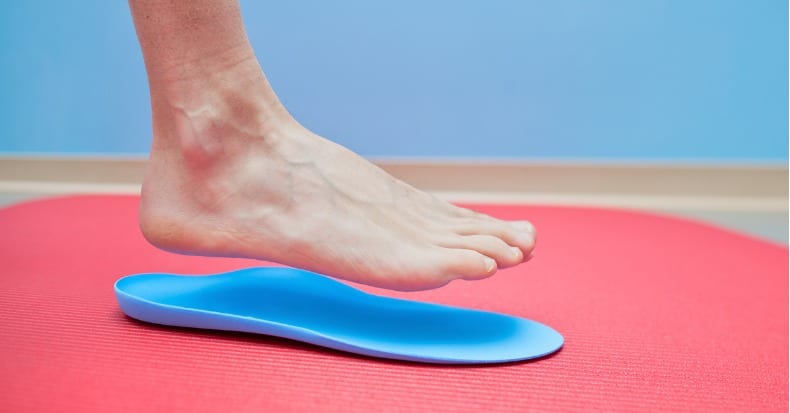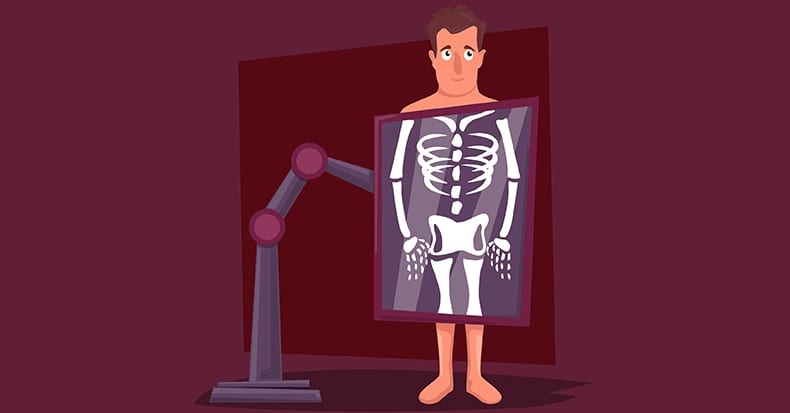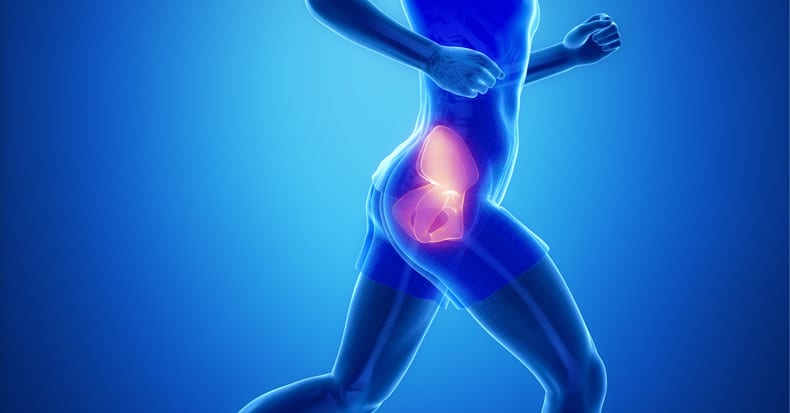Newest Articles
Of all the potential contributing factors for carpal tunnel syndrome—diabetes, thyroid dysfunction, inflammatory arthritis, pregnancy, birth control usage, and obesity—perhaps the most well-known is participating in jobs and activities that require fast, repetitive hand movements that can place increased pressure on the median nerve as it passes through the wrist. What can someone do if [..]
Osteoarthritis (OA) is the leading cause of knee pain and disability in the elderly population. While treatment to address knee OA will often focus on the knee itself, a patient may also need to change their footwear. Why is that?
During normal walking, joint loading is NOT evenly distributed, and the distribution most often greatest [..]
A study published in 2019 found that nearly half of whiplash associated disorders (WAD) sufferers are still symptomatic one year after their injury. Why is that, and what can one do to reduce their risk for chronic WAD symptoms?
The most common source of pain from WAD injuries arises from joint capsules and ligaments, which [..]
It’s common for the elderly to have multiple chronic conditions, all of which can impact their ability to live a vibrant, independent lifestyle. While it may not be possible to avoid adverse health conditions in our later years, it appears there are steps we can take now to give ourselves the best possible chance to [..]
Decision Making Standards of Care
Considering Trauma, Disease, Degenerative Changes, Anomalies, and Biomechanics
Weighing Risks Associated with Ionizing Radiation
History has recorded chiropractic-like providers for millennia. In his 1992 book (1), Scott Haldeman, DC, PhD, MD (neurologist, University of California, Irvine), includes a chapter titled “Spinal Manipulation Before Chiropractic.” Written by anthropologist Robert Anderson, MD, [..]
Scoliosis is a condition that affects about 3% of teenagers, though the cause is typically unknown. In most instances, the degree of spinal curvature is mild (10-15º curve), but in some cases, the curve may continue to increase as the child grows.
Visible signs of adolescent idiopathic scoliosis include the following: uneven shoulders, one shoulder [..]
When individuals use their smartphone, they often adopt an awkward posture in which their head rests forward of their shoulders. This forward head posture, or “text neck,” places added strain on the muscles in the back of the neck, shoulders, and upper back, which can lead to musculoskeletal pain. Researchers are now looking into how [..]
Carpal tunnel syndrome (CTS) is the most common peripheral neuropathy that affects roughly 4-5% of the general population and about 10% of working adults. The chiropractic treatment approach for the CTS patient typically involves many of the same therapies as those used for conditions like neck and back pain, such as joint manipulation, mobilization, specific [..]
Groin pain syndrome is a term used to describe groin pain without clinical evidence of hernia or hip pathology. Though the condition is thought to affect between 2% and 20% of athletes, there is not a lot of conclusive research on its cause or the best way to treat it. Most of the published research [..]
Whiplash associated disorders (WAD) is a collection of symptoms commonly associated with motor vehicle collisions. Because WAD can have such a negative effect on one’s quality of life, it makes sense to take steps to reduce the risk for a car accident. Let’s look at some of the modern technologies that our automobiles may include [..]
In recent decades, several studies have identified risk factors for early death such as reduced cardio-respiratory fitness (CRF), obesity, smoking, diabetes, heart disease, pulmonary disease, etc. Of all the causes listed, poor CRF appears to be the leading risk factor for early death. If CRF is so important, can walking help? If so, how many [..]
In 1976, the first issue of the journal Spine was published. In this inaugural issue was a pioneering article by low back pain specialist Alf Nachemson, MD, titled (1):
The Lumbar Spine, An Orthopedic Challenge
In this article, without credible evidence, Dr. Nachemson states:
“Irrespective of treatment given, 70% of [back pain] patients get well [..]












